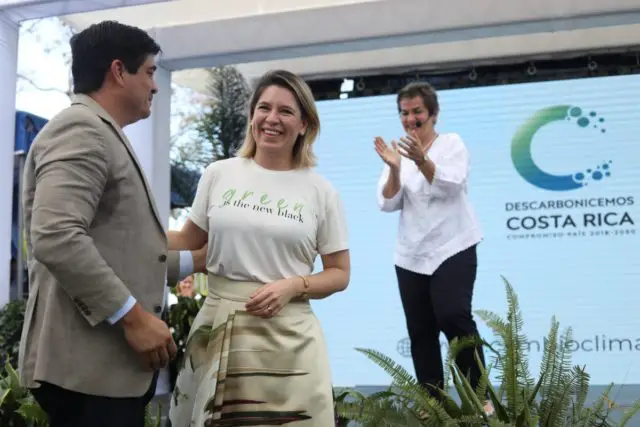The Banking System for Development (SBD) on Thursday unveiled a new strategic plan for 2020-2024 that seeks to strengthen inclusion in an efficient but, at the same time, more modern way.
The proposal presents a portfolio consisting of 10 strategic projects that may receive a boost, among which are those that align with the “National Plan of Decarbonization 2018-2050” presented by the Government of Carlos Alvarado last February.

“The strategic formulation of the SBD for the period 2020-2024 establishes a vision that projects the System as an institution that should contribute to achieving a more prosperous, modern, inclusive and sustainable nation”, said the Minister of Agriculture and Livestock, Renato Alvarado, who is also the president of the Board of Directors of said bank through a statement.
The bank also proposes to influence more in sectors such as tourism, agriculture, and services. In addition, to continue with the MSMEs, SMEs, micro-businesses, and more.
To achieve these objectives, a greater national coverage is proposed, as well as the alignment of intermediaries and the adaptability of the programs to the real needs of the target populations and sectors.
“The SBD represents only 2% of the National Financial System, but its impact is enormous because it generates linkages and boosts the economy“, Alvarado stressed.
The Law of the Banking System for Development was created in 2014 to offer financial services through accredited operators, as well as business development services, through the National Institute of Learning (INA).
Results
In 2018 the Bank placed more than ¢ 182 billion that reached 41 thousand producers of micro, small and medium enterprises. This figure represents ¢ 20 million less than in 2017, however, it is the 2nd best distribution since it was created.
The director of SBD, Miguel Aguilar, said that last year was marked by the “credit crunch”, due to the fiscal situation that the country was going through.
77% of the resources placed in 2017 favored microentrepreneurs, while 20% were absorbed by small entrepreneurs. The remaining 3%t went to start-ups and medium-sized companies. Similarly, rural areas covered almost half of the credits (46 percent), leaving the rest for the Central Region. Also, 31% of the portfolio was placed in districts with a Low or Very Low Social Development Index.

